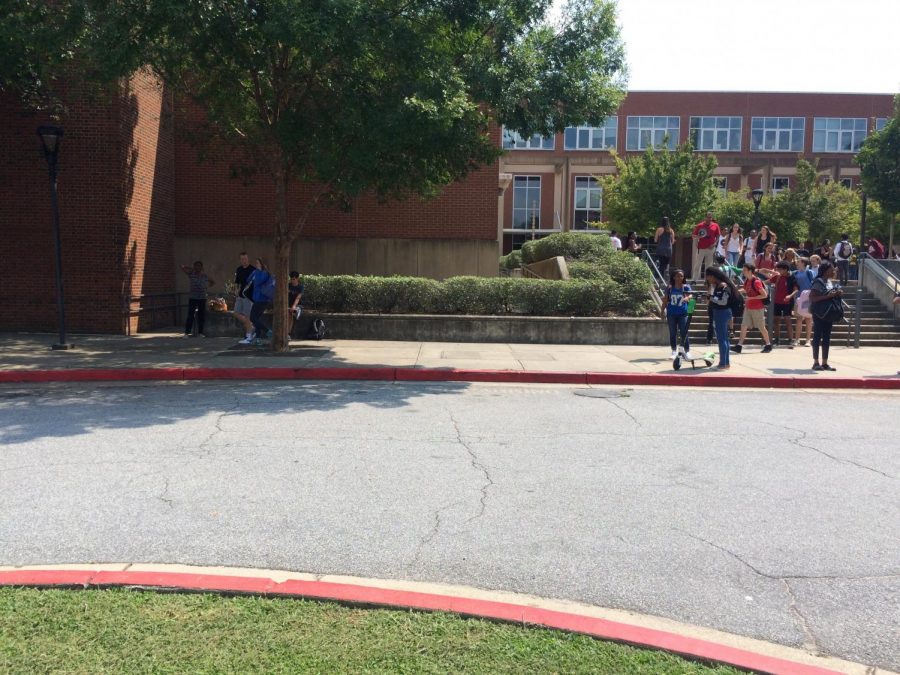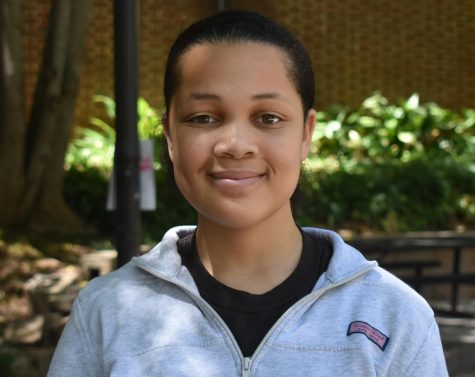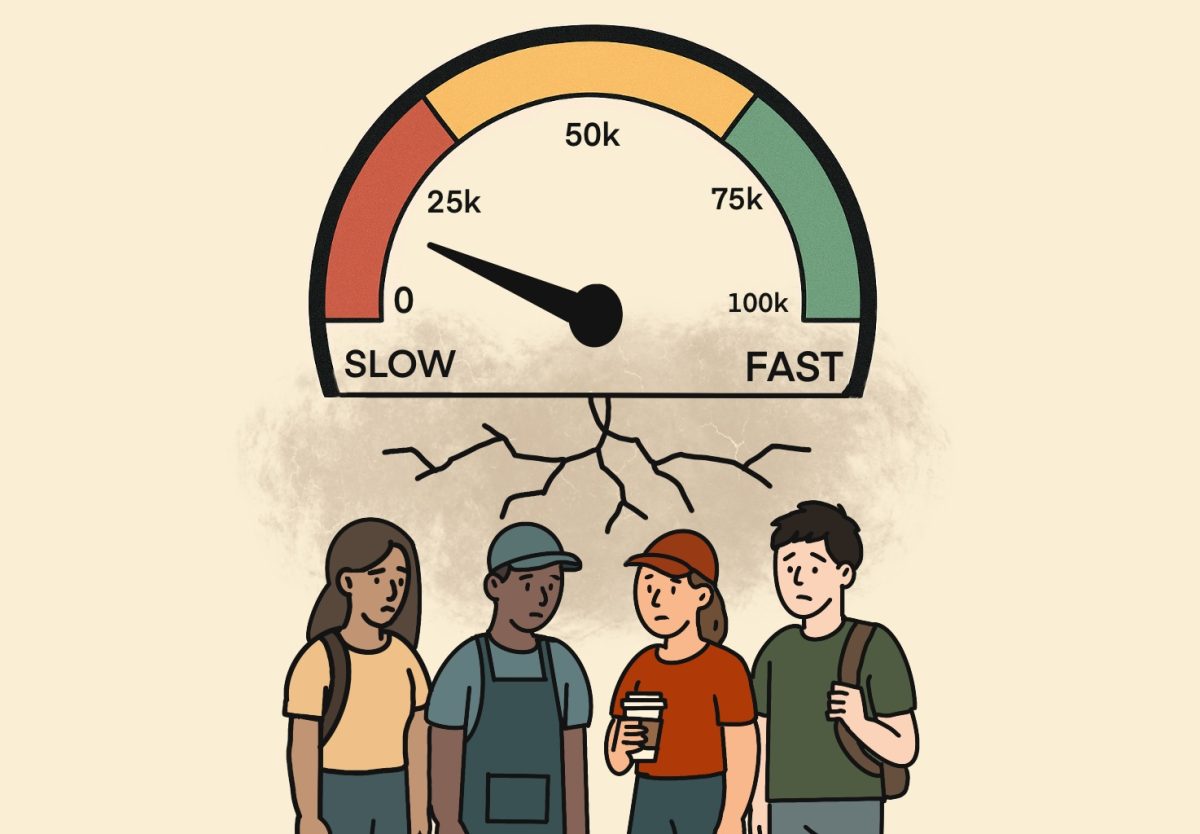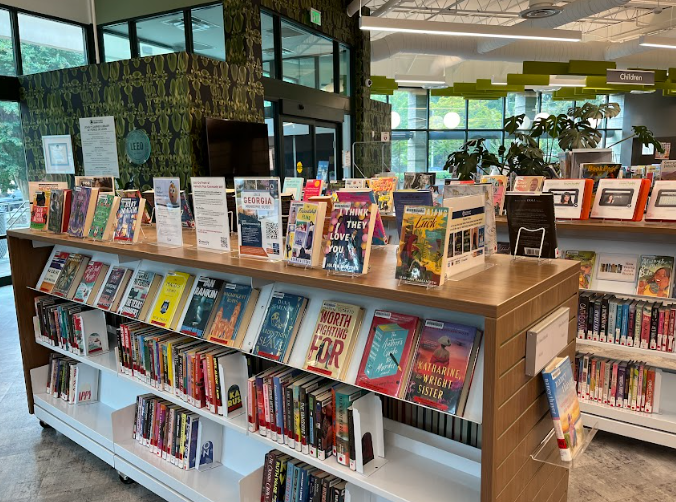Grady cluster needs to improve inclusivity in general classrooms
Students file out of Grady as the dismissal bell rings at 3:30. However, many students in special needs classes dismiss earlier than the general population. Nationally, there is a push to be more inclusive of those students in both general classes and daily activities like transitions.
April 16, 2020
As a member of the Atlanta Public Schools’ (APS) Board of Education’s Student Advisory Council (SAC), a group of students from every APS high school, it is my job to represent the Grady cluster on a number of topics and present useful input to the Board and the Superintendent on what students from the Grady cluster would feel. Over the past few months, I have held the position as Chair of the SAC on the platform of creating more inclusive schools for all students regardless of race, ethnicity, ability, or other characteristics.
From as early as kindergarten, students across the world are labeled as “special needs,” and placed in different classrooms than other students because of their learning and/or emotional needs. Teachers in special education classes adapt their classrooms to a variety of different needs as they have many children with different needs in one class.
In classrooms all across the nation, teachers have led efforts to include students with special needs into general classes, that don’t have students with special needs. At Grady, teachers in the special education department like Ms. Portee and Ms. Gossett have helped lead the efforts towards this cause. For years, Grady, along with schools nationwide, have had distinct classrooms for students with mild and severe special needs and others.
School psychologists and teachers everywhere have led a push in schools to create inclusive classrooms, classrooms where both students with special needs and those without are placed.
The problem, however, with inclusive classrooms is that teachers are often not equipped to handle teaching students with special needs, and it is easier to fit the lesson to the general population than spend one on one time with a few students along with the lesson for the day.
When I was in 4th grade at Springdale Park, I saw how teachers combated with this problem first hand. There were about 27 students in the class, three of whom has special needs — two with Attention Deficit Hyperactivity Disorder (ADHD) and one with autism. ADHD is a mental condition that affects millions of students, it impairs their ability to focus and sit still as they are often restless. Autism is a developmental disorder that impairs student’s ability to communicate and interact. In my 4th grade class, it was often that the students with ADHD would disrupt the class and assume the role of the stereotypical “class clown,” while the student autism had trouble communicating with the class and needed some time to open up and communicate. My teacher had to adapt the class to incorporate lesson plans that would cater to each individual in the class.
Walking around the halls at Grady during and between classes, there is a clear divide between students in general classes and students in classes that are suited for those with special needs. The students with special needs do not walk the halls at the same time as the general population, in the morning, during transitions or during dismissal. The push that educators have to include their students with special needs in the classroom also encompasses these seemingly minor details of when they transition and do things at the same time as the general population.







